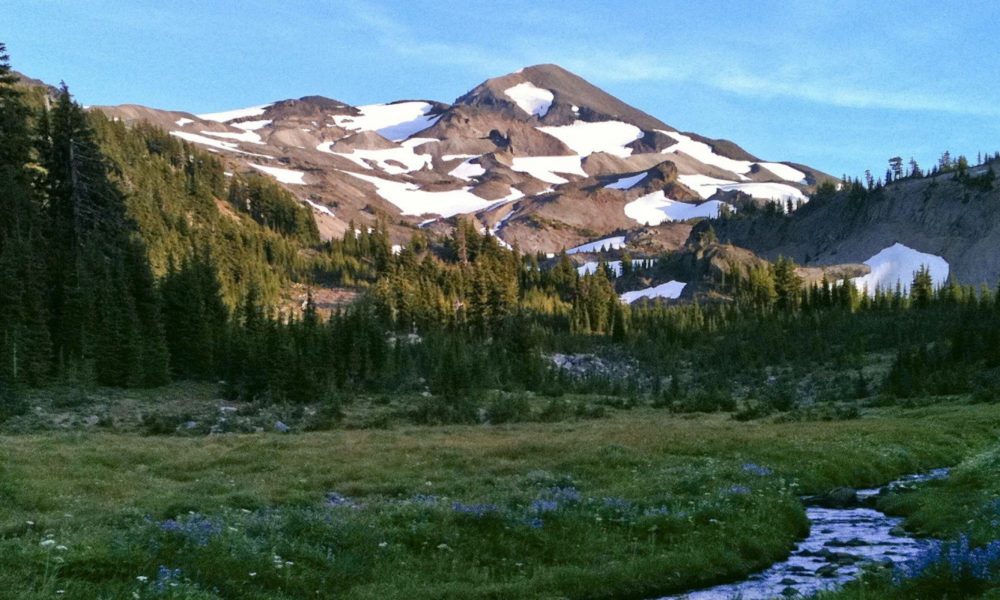The risk of getting sick and potentially dying during an emergency largely depends on the type of emergency and how well you manage hygiene and health precautions. Here’s a breakdown:
Types of Emergencies and Their Risks:
Natural Disasters (e.g., earthquakes, hurricanes):
- Sanitation Risks: Flooding can contaminate drinking water and increase the risk of waterborne diseases. Disruption of waste management can lead to unsanitary conditions.
- Health Risks: Poor hygiene can lead to gastrointestinal infections, skin infections, and respiratory issues.
- Mitigation: Purify water, use proper waste disposal methods, and maintain cleanliness to reduce the risk of disease.
Hygiene during Pandemics or Infectious Disease Outbreaks:
- Sanitation Risks: High, risk of spreading infections if good practices are not followed, such as frequent handwashing and proper sanitation.
- Health Risks: Increased chance of contracting and spreading the disease, which can lead to severe health complications or death.
- Mitigation: Follow recommended hygiene practices like handwashing, using sanitizers, and wearing masks if advised.
Hygiene During Power Outages:
- Sanitation Risks: Loss of refrigeration can lead to food spoilage, and if there’s no running water, maintaining cleanliness will become very difficult.
- Health Risks: Foodborne illnesses from spoiled food and dehydration or contamination from inadequate sanitation.
- Mitigation: Use alternative methods to keep food cold, purify water, and use hand sanitizers.
Extended Isolation (e.g., in a remote area):
- Hygiene Risks: Limited access to clean water and sanitation facilities.
- Health Risks: Increased risk of infections and other health issues due to poor hygiene.
- Mitigation: Use water purification methods, store and manage waste properly, and use any available sanitation products efficiently.
How to Minimize Risks:
Preparation:
- Keep an emergency kit with hygiene supplies (e.g., soap, hand sanitizer, disinfectants).
- Have a plan for water purification and waste disposal.
Practice Good Hygiene:
- Regularly wash hands with soap and water or use hand sanitizer.
- Keep living areas clean and disinfected.
Monitor Health and Hygiene:
- Watch for signs of illness and seek medical attention if needed.
- Manage any injuries promptly with a first aid kit.
Stay Informed:
- Follow local health and safety guidelines specific to the emergency you’re facing.
In summary, while poor hygiene during an emergency increases the risk of illness and complications, following proper hygiene practices and being prepared can significantly reduce these risks and help you stay healthy.
Stay Vigilant and Be prepared
In addition, take these steps to ensure you and your loved ones are better prepared to handle emergencies effectively. It’s always better to be proactive than reactive for safety and preparedness.









 If you are interested in contributing to the welfare of your fellow citizens during a disaster, consider joining your local
If you are interested in contributing to the welfare of your fellow citizens during a disaster, consider joining your local 







You must be logged in to post a comment.